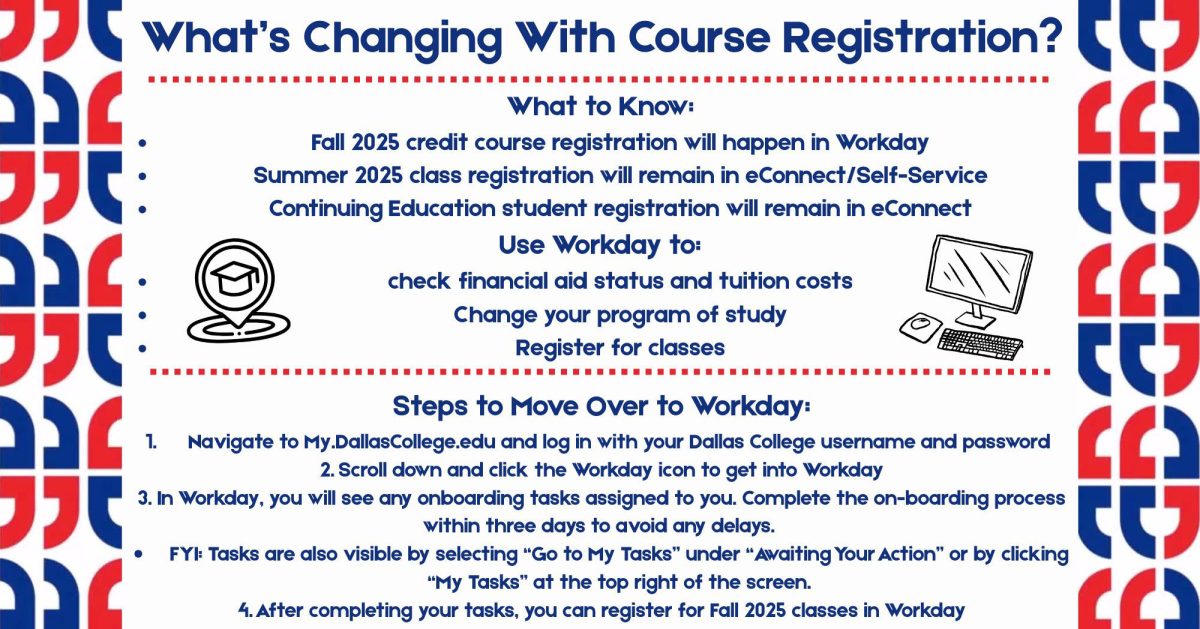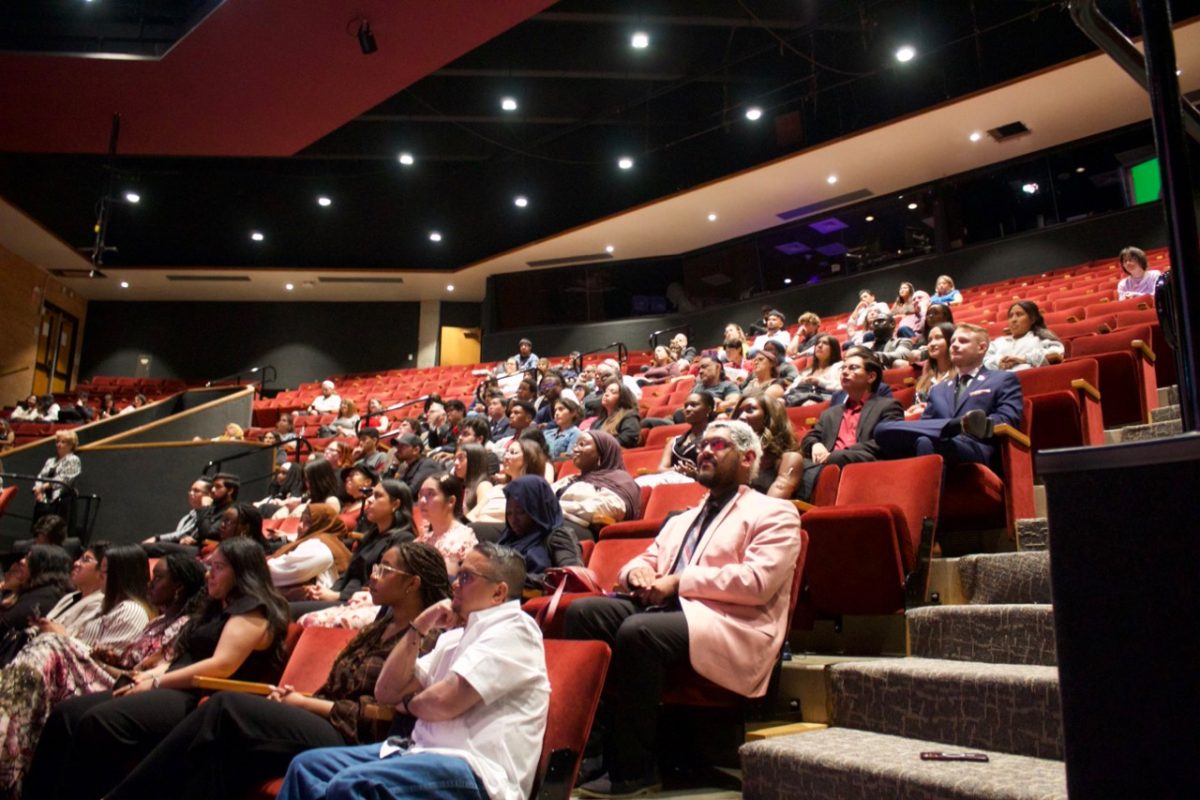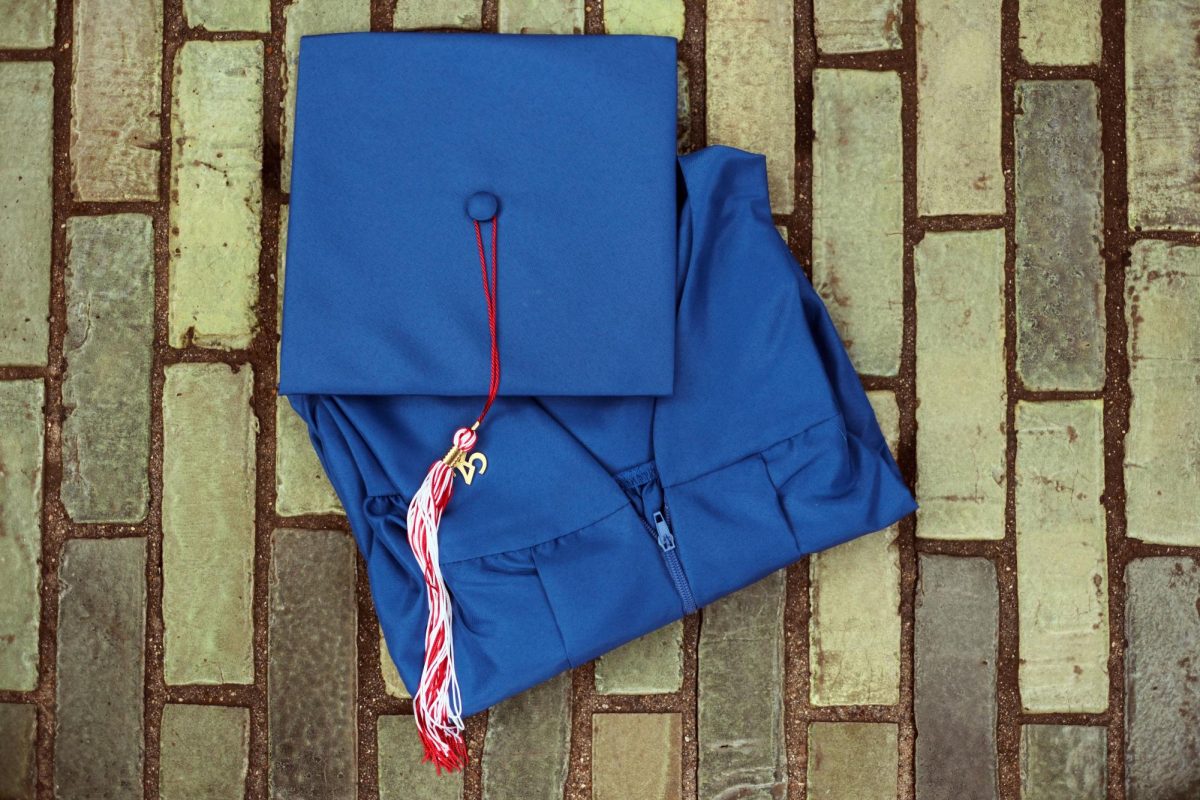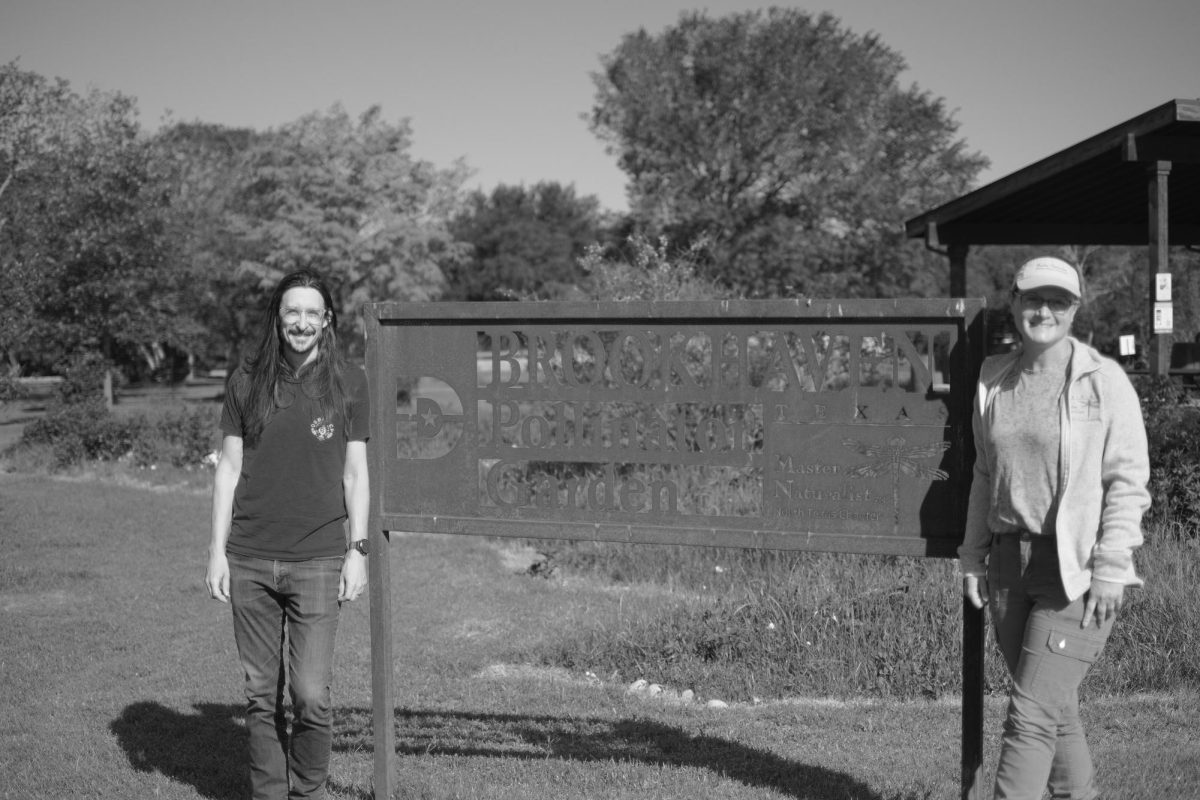Located in the Southwest Center Mall, previously known as Red Bird Mall, Dallas College’s Workforce Center at RedBird provides opportunities for those who otherwise might not have a chance to learn new skills for career advancement.
On Dec. 8, Dallas College opened the doors of the Workforce Center at RedBird.
Sheridan Nixon, vice provost of Career Connected Learning, said there were key communities, particularly with people of color he felt the center needed to connect and work closer with.
Nixon said, “In eliminating barriers for people and providing a gateway into Dallas College, this was an ideal place to be able to have a space to invite those in that community so we could work on impacting them as much as we could.”
The creation of this center was a five-year journey, one Nixon said was greatly helped by two key individuals: Gloria Smith, vice provost of workforce education, and Peter Brodsky, the developer for the center.
Nixon said Smith was vital to all things regarding the workforce center, from the vision board to the dedication to making sure every goal and need was met.
Nixon said Brodsky was extremely helpful and accessible throughout the process for collaboration and insight into the vision Dallas College wanted to achieve at RedBird.
The location of the workforce center was intentional.
Nixon said: “RedBird has been a staple in that community for a very long time. And it’s a place where people have always been. It’s a place they take pride in. So, with the ability of Dallas College to be in that space where people already live and play, it was ideal for us to help and support that community and provide them with access to education where they already are. This way, they do not have to take extra steps to access what we have here at the center.”
The workforce center is funded through public and private funding and grants, and the education individuals receive will be free.
Nixon said: “Come with an open mind, the ability to and the desire to learn, and we’ll meet you where you are. Whether you are trying to learn the English language, if you need a high school equivalency, if you want to train for advancement in manufacturing, healthcare or any in-demand job within Dallas County, we want to be able to provide that option for you.”
Nixon said the Workforce Center at RedBird was built upon the foundation that those in need will have the resources and opportunities available to enter into high-demand careers.
In a video announcing the opening of the workforce center on Dallas College’s website, Justin Lonon, chancellor of Dallas College, said: “In partnership with the United Way of Metropolitan Dallas and Workforce Solutions of Greater Dallas, the center prepares individuals for employment in high-demand sectors – all while ensuring training is flexible and responsive. This aligns with one of our strategic priorities to reduce income disparity by targeting the underserved populations.”
A variety of jobs are taught at the workforce center; this is not only due to the change in jobs currently in demand but also because the workforce center was built to be shifted based on the wants and demands of the job market as well as those in search of education.
Nixon said the inner walls of the center are modular, and the establishment is built upon an openness to change.
Nixon said: “Typically, the focus is on nonconsumers of higher education. We know that 30% of students in high school go on to college, so what will we do with that 70%? So, by reaching out to those students, providing a message for those students and reaching out to adult learners, those who might have fallen on hard times or want to be able to advance within the job that they’re in but need certain skills or credentials to be able to attain that – that’s the audience we are reaching out to. We want to give those individuals that opportunity to succeed, or whatever success means to them.”







